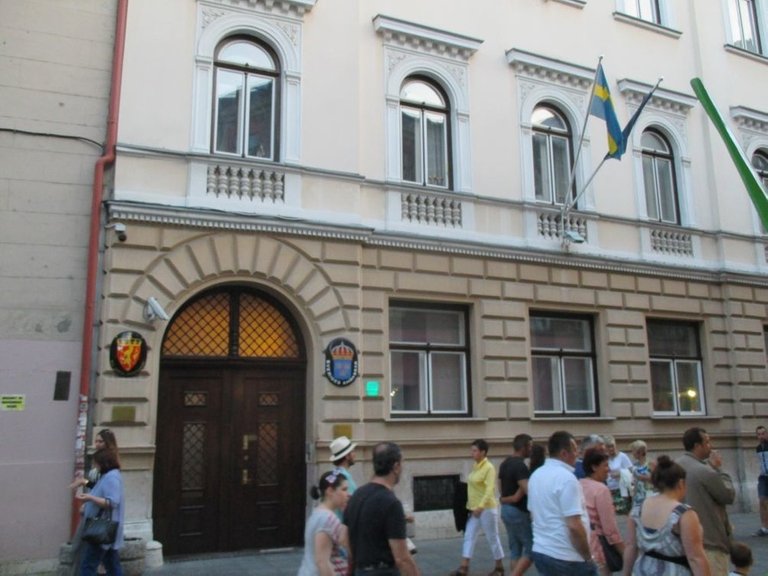Welcome to my new short series of travel blogs! This time, our journey will bring us to Sarajevo and Belgrade, the capital cities of two major Balkan countries – Bosnia and Serbia. We are going to see some astonishing landscapes, feel the scars of the Yugoslavian War and try to understand the centuries old cultural divides of the region. So, follow me and let's get started!
Getting There
As usual, I traveled by bus, which I would recommend to anyone who is able to sacrifice the comfort of air travel for some nice roadtrip experiences. Although, I didn't sacrifice anything to be honest – as an Eastern European, I'm simply poor. And intercity buses are the perfect way to make friends with other poor Eastern Europeans.
I was probably the only Non-Yugoslavian person in the whole bus, but since I know a little bit of Serbo-Croatian and was making the trip to test my language skills, they were all extremely friendly to me and would act as my tour guides when our bus passed some interesting places.
It took 20 hours of driving and several border checks to arrive in Sarajevo after departing from Stuttgart (Germany). Since Yugoslavia broke apart, there are a lot of new state borders in the region.
Sarajevo Old Town: Baščaršija
After leaving the bus at Sarajevo Central Bus Station and being ripped off by a local taxi driver (€10 for a ride that should have been €4), I checked in at the Franz Ferdinand Hostel near the city's old town – it has beautiful rooms decorated with depictions of some major early 20th century events and I would genuinely recommend staying there if you are ever going to visit Sarajevo.
A few steps down the small side street of our hostel, we run directly into the Swedish embassy, which is located on Sarajevo's most iconic street in the heart of the old town. We turn left to get into a beautiful quarter with Ottoman architecture, traditional coffee houses and a great plenty of small shops: Baščaršija.
Many tourists tend to call it the "Turkish Quarter", but this is wrong and Sarajevans don't like it if you do so. Although Bosnia was part of the Ottoman Empire, the country's Islamic heritage is its own and is still deeply rooted in society. The most prominent landmark of Baščaršija is its huge Gazi Husrev-beg Mosque and there are many faithful gathering around it at all times.
Prominent view of one of the minarets. Imams use these to call the faithful to prayer.
Sahat-kula, the Islamic clock tower.
A water fountain. Muslims wash their feet before entering a mosque.
I didn't have a tour guide in Sarajevo, but I know similar structures from other Islamic regions I have visited. Usually, prominent Muslim patricians are burried in buildings like these next to the mosque. I will add a correction if I'm wrong.
Entrance to the mosque.
Right opposite the Gazi Husrev-beg Mosque is its madrasa, a religious school where aspiring scholars study the holy scriptures and Islamic theology.
Usually, you would see one or two Wahhabi preachers stand next to the madrasa's wall and preach their version of Islam to the masses. In American parlance, Wahhabis are better known as "radical Muslims", although it is usually conveniently left out of the news coverage that Wahhabism is the state religion of Saudi Arabia – a Western and Israeli ally. Why am I getting into this? Because Saudi Arabia's ugly tentacles are felt very strongly in Bosnia. According to my local friend, their embassy and "cultural centers" are used as grounds for terrorist recruitment and their agents and propagandists try to convince desperate Bosnians to join various terrorist organisations in the Middle East. Indeed, in some remote part of Bosnia there is now even a whole ISIS village.
TO BE CONTINUED
I think this is a good point for a cut. In the upcoming Part II, I will show you a few more sights of Baščaršija and a very grotesque art installation. Stay tuned for more of my travel blogs from a first person perspective, and please resteem my posts if you like them. :)










The Balkans are bautiful and have a lot of interesting history, I look forward to future posts!